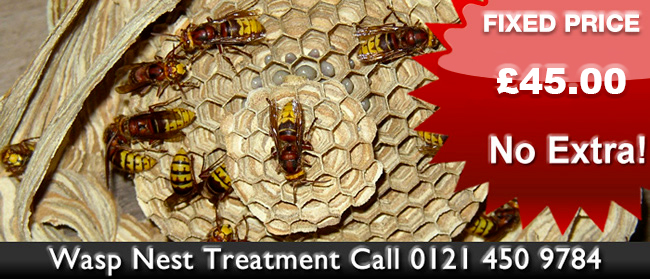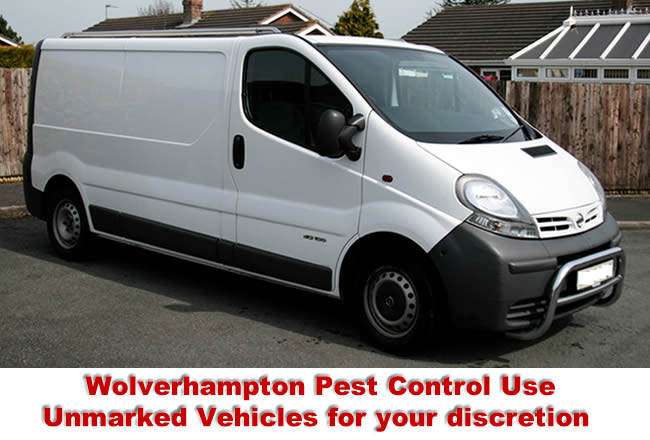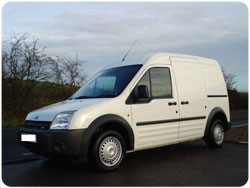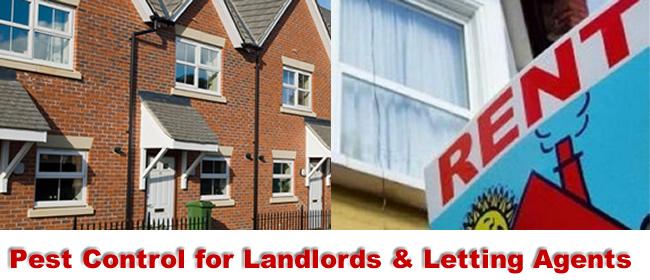
Moth Infestation:
Pest Control for Moths in Wolverhampton, Birmingham & The West Midlands
Moth Pest Control:
Three common species of moth that we see as pests in homes are the common clothes moth, the brown house moth and the white-shouldered house moth. They feed on materials containing wool, or woven fibres, fur and feathers, even fertilisers, causing physical damage as well as contamination.
Clothes Moth - Pest Control
What is the difference between these moths?
The clothes moth is the smallest of the three moths, being pale beige or straw coloured, almost golden. There are no spots or marks on the wings. Clothes moths do not often fly, they tend to move by running or occasionally jumping.
The brown house moths are mottled and darker than the clothes moths, commonly found in food stores and homes. They prefer kitchens (larders), bedrooms and bathrooms where adequate food supplies can be found.
The white shouldered house moth is paler than the brown house moths, but can be distinguished from the clothes moth by its obvious white head and "shoulders". These moths do not often feed on fabrics, but they are attracted to dust and debris collected under carpest.
Is it the adult moths that do the damage to clothes and carpests?
No, it is the larvae (caterpillars or grubs) that cause the damage - the larvae are usually creamy white with a darker head. The mother has a four-stage life cycle: egg, larva, pupa and adult. The larval stage can last up to six months, but adult moths only live for two to three weeks. Adult female moths lay their eggs amongst fibres which will form the food for the larvae when they hatch before forming a pupa.
What attracts them?
Moths are attracted to fabrics and carpests stained with food, perspiration or urine. By ensuring that clothes in particular are clean before replacing them in cupboards and drawers you should reduce the risk of damage by moths (see below). Moths are also commonly attracted by birds nests which are close or attached to buildings, for example, in the eaves.
How do I get rid of them and stop them coming back?
You can treat your carpests with residual insecticides specifically made for this purpose and frequent use of the vacuum cleaner on your carpests should reduce the risk of infestation. You may find moth grub damage to carpests under heavy furniture, and spraying with the insecticide here every six months or so should help.
You should regularly clean clothes, particularly those made of natural fibres, with woollens stored in sealed plastic bags or tightly closed cupboards. Moth larvae cannot survive in bright lights, so you can air clothes, blankets and easily removable furnishings outside on a sunny day. Give them a good shake or brushing before you put them away again.
Dispose of contaminated foodstuffs and thoroughly clean up any spilled foods. Thoroughly clean storage cupboards before replacing non-infested foods. High risk fabrics can have mothproofers applied, but please check manufacturer's instructions before using.
TREATMENT & CONTROL
Wolverhampton Pest Control Services use an extensive range of products specifically formulated for the control of Moths.
Wolverhampton Pest Control Services offers a same day pest control service to all our customers, starting at £45.00. We also provide a contract pest control service to our business operators and commercial clients.
At Wolverhampton Pest Control, we pride our selves on our complete discretion on all our pest control jobs. Therefore all our vehicles are unmarked, unlike major organisations.
At Wolverhampton Pest Control we offer complete discretion on our service
Contact us on: 01922 610 932 / 0121 450 9784 or for information on our pest control service.



 Wolverhampton Pest Control use unmarked vehicles for your discretion.
Wolverhampton Pest Control use unmarked vehicles for your discretion.